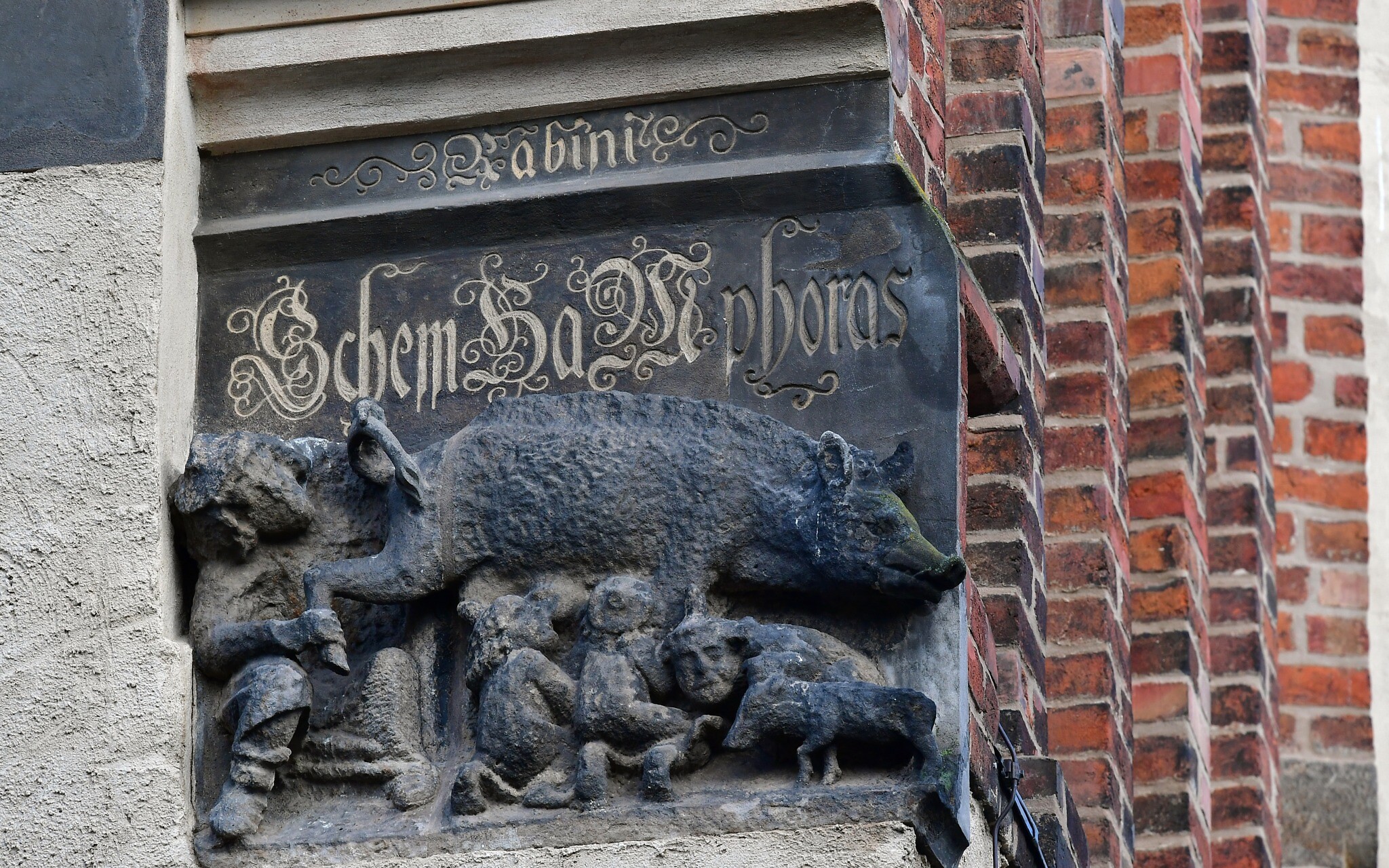There are some odd places in Germany’s Deep South that are strangely attractive to American tourists. For one, there is the Eagle’s Nest, Hitler’s Alpine refuge, which, not too long ago, one of my university colleagues cheerfully described as the high point of his German sightseeing tour; on TripAdvisor the Eagle’s Nest gets just as many thumbs-up as Austria’s Sound of Music tour. Growing up in 1970s Germany, I don’t remember anyone using the term “Eagle’s Nest” or Adlerhorst, probably because political winds were steadily blowing left and pilgrimage to Nazi remnants wasn’t a thing. Another southern tourist attraction—less creepy but still weird enough—is Bavaria’s fairy tale castle Neuschwanstein. A kitsch monster from the 19th century, it was designed by Mad King Ludwig who never, even in his wildest hallucinations, imagined that one day it would be lifted into the corporate logo of the Walt Disney company and become the go-to castle for Snow White, Cinderella and Sleeping Beauty.
It was only recently that northern Germany came up with an answer to these architectural challenges from the south, which is no less Disneyesque than Neuschwanstein and historically at least as unappetizing as the Eagle’s Nest. It’s a replica of the Royal Prussian Palace planted in the middle of Berlin, home to Germany’s last kaiser whose madness was far more consequential for world politics than Ludwig’s. Kaiser Wilhelm’s passion was world domination, not building fairy tale castles, and WWI was a direct result of his imperial hubris. In the end the Kaiser’s empire collapsed, but his palace didn’t. It even remained more or less intact through the next world war and another failed attempt at world domination, this time by the owner of the Eagle’s Nest. And yes, this all sounds like the typical plot for 007 movies: supervillains living in fancy hideouts trying to bring the planet under their control. Even the grand finale could have been taken from a James Bond novel: the Kaiser’s palace was spectacularly blown to bits with dynamite like Auric Goldfinger’s volcano lair in You Only Live Twice. The palace’s lucky streak was over when it ended up on the wrong side of the Iron Curtain, in Berlin’s Soviet Sector, where feudal architecture didn’t have many fans. Later, the communists would proudly claim responsibility for the Big Bang that finished off Prussia’s history and its most visible symbol. Once and for all, so they thought.

